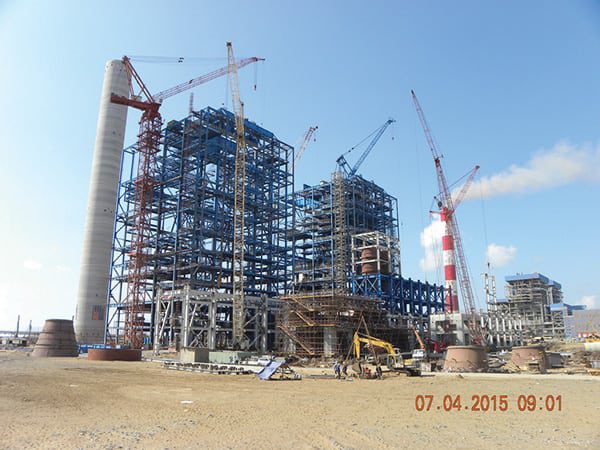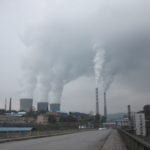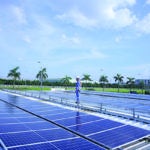Vietnam, which has long been a coal exporter, is considering a hiatus in licensing new coal-fired power plants because it says domestic coal reserves won’t be enough to feed generators starting in 2020.
Prime Minister Nguyen Tan Dung in early February told the Ministry of Industry and Trade to submit proposed revisions to its latest master plan. The revisions should reconsider the country’s lofty coal power ambitions and reflect recent commitments to cut greenhouse gas (GHG) emissions by 8% by 2030 compared to a business-as-usual scenario, he said.
About 28% of Vietnam’s total installed power capacity of 33.9 GW in 2014 was coal-based. The remainder came from hydropower (40%), gas turbines (22%), diesel and wind (5%), oil-based thermal (2%), gas-based thermal (1%), and imported sources (2%). The country’s installed capacity base has grown dramatically since 2005, when it was only 11.6 GW.
Socioeconomic development forecasts released in August 2015 show that the country expects power demand to soar 10.5% a year through 2020. Master Plan VII calls for massive increases in capacity that would see hydro’s share reduced to just 12% by 2030 and coal’s share increased to 60% to meet this demand. The new power plants will need investments of $21.4 billion through 2020, and an additional $25.6 billion between 2021 and 2025.
But over the past year, officials have shown less enthusiasm about coal’s future. The government has allotted 564 million metric tons of coal for power generation between 2015 and 2030, “which can only be sufficient for the demand of the existing plants,” said the Ministry of Industry and Trade last year (Figure 1). Noting that coal capacity in 2015 was about 6.7 GW and another 7.6 GW of new installations were in the pipeline, it underscored that “coal production will not be sufficient for the 2021–2030 period.”
The decision comes as government documents reveal struggles by state-owned coal producer Vinacomin to keep exports steady while meeting domestic consumption. Between 2011 and 2015, the company has been stricken by plunging coal prices and consumption. Meanwhile, taxes and fees have raised production costs. The company has been importing coal from Indonesia since 2011, and it said imports would gradually increase from about 3 million metric tons in 2016 to 20 million metric tons by 2020. Domestic production will stall at 42 million metric tons in 2020, it said.
Coal production isn’t the power sector’s only development challenge. The Asian Development Bank (ADB) highlighted in a December 2015 study of Vietnam’s energy sector that the country’s power sector “still needs to continue the reforms process, which is in the most crucial stage, and reach cost-reflective tariffs.”
How the country will bag the investments it needs is also unresolved, the ADB said. Although private sector investors are gradually being attracted to power generation, the “environment is not conducive for private sector investments in the expansion of power transmission and distribution networks. Hence, the [National Power Transmission Corp. (NPT)] and power corporations remain solely responsible for meeting investment requirements either using their own resources or borrowing from export credit agencies, multilateral and bilateral banks, and commercial banks.”
And, even though it has vastly improved its technical capacity over the past two decades, the country continues to grapple with debilitating skills gaps. “EVN and its subsidiaries have a huge workforce, but most of them are semiskilled and there is a dearth of skilled managerial staff,” the ADB pointed out. “The NPT and the five power corporations being fairly new entities, human resource capacity in the key operational areas of corporate strategic business planning, accounting, financial management, and system planning need to be strengthened, and appropriate processes and procedures need to be further developed for efficient and effective operation.”
—Sonal Patel, associate editor











